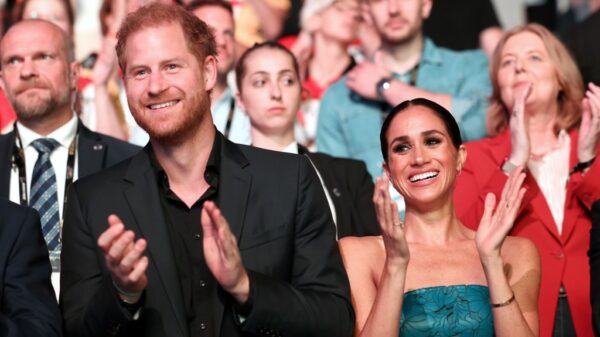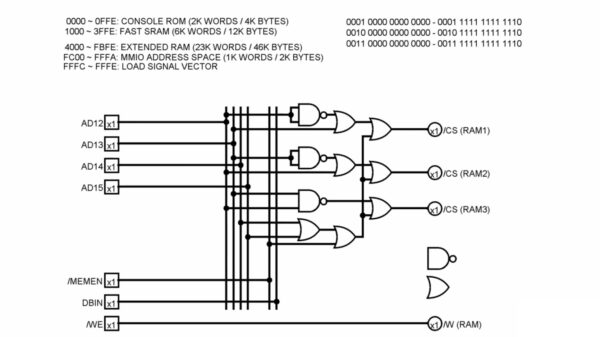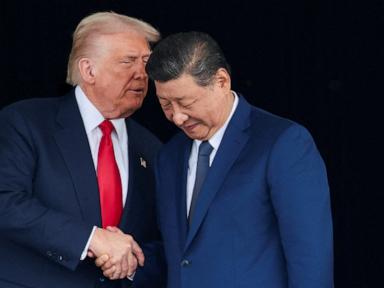UPDATE: President Donald Trump has just announced significant reductions in tariffs on Chinese imports, a move aimed at curbing the flow of fentanyl into the United States. Following a critical meeting with Chinese President Xi Jinping that lasted approximately 1 hour and 45 minutes, Trump revealed that the existing 20% tariffs on fentanyl-related imports from China will be cut in half to 10%. This change reduces the overall duties on Chinese goods from 57% to 47%.
In a statement aboard Air Force One, Trump described the meeting with Xi as “amazing,” rating it a perfect 12 out of 10. The tariffs reduction comes alongside a new 1-year agreement with China to avoid drastic restrictions on rare earth minerals—essential components for manufacturing computer chips used in smartphones, AI technologies, and defense systems. This agreement significantly reduces the risk of additional 100% tariffs on these critical materials.
This development is particularly crucial as the U.S. seeks to mitigate the impact of fentanyl, which has been a major contributor to the opioid crisis affecting countless families across the nation. By securing this commitment from Xi to take decisive action against fentanyl trafficking, Trump aims to enhance public safety and address a pressing health emergency.
The implications of these tariff reductions and agreements extend beyond economics; they reflect ongoing diplomatic efforts between the U.S. and China, especially in the context of trade relations and global supply chains. As both nations navigate complex trade dynamics, this agreement could pave the way for more cooperative measures in the future.
With these changes, the potential for escalating trade tensions may diminish, fostering a more stable economic environment. Observers will be closely watching how the Chinese government implements its commitments regarding fentanyl and whether this agreement on rare earths leads to further collaboration.
This is a developing story, and further updates are expected. Stay tuned for the latest information on the evolving trade relationship between the U.S. and China.





































































